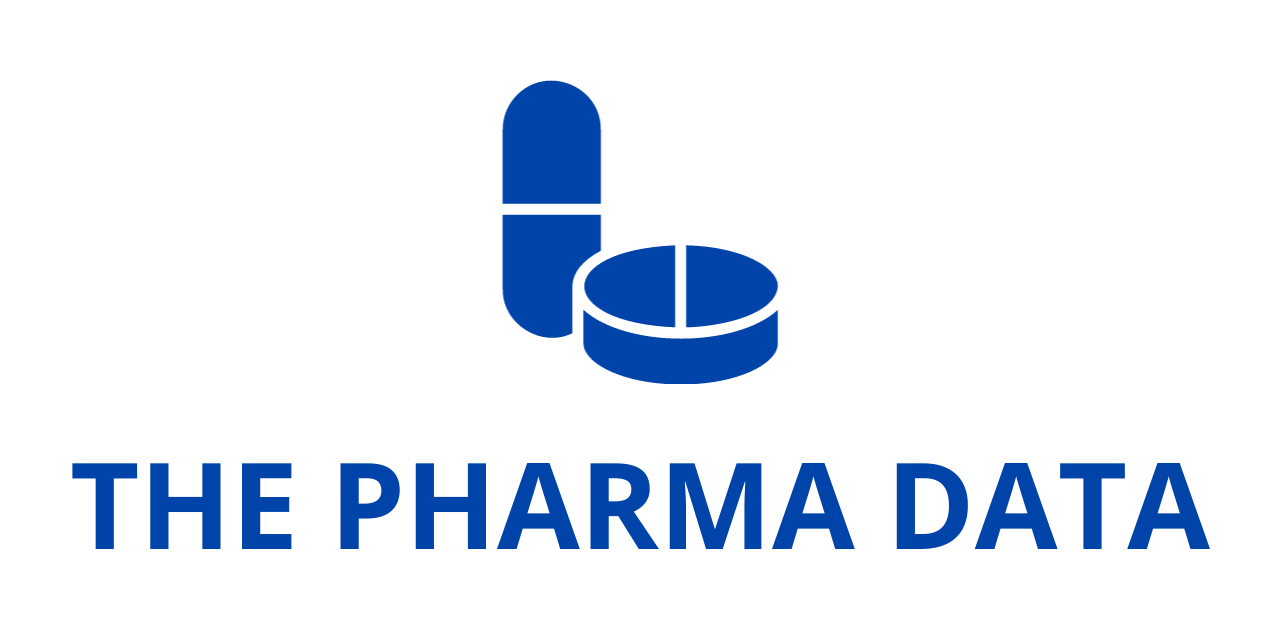
Newron Announces Landmark Preclinical Study Supporting Evenamide’s Potential to Transform Schizophrenia Treatment
Newron Pharmaceuticals S.p.A. (“Newron”) (SIX: NWRN, XETRA: NP5), a clinical-stage biopharmaceutical company dedicated to developing innovative therapies for diseases of the central and peripheral nervous system, has highlighted the publication of important new preclinical research in Neuropsychopharmacology. The study provides critical insights into the unique mechanism and site of action of evenamide, the company’s first-in-class glutamate modulator, and its potential as a novel treatment for schizophrenia.
The research, conducted by a team at the University of Pittsburgh, used the neurodevelopmental methylazoxymethanol acetate (MAM) animal model, which is widely recognized as a robust and translational model for schizophrenia. The findings suggest that evenamide could offer a new therapeutic strategy capable of addressing not only the positive symptoms of schizophrenia—such as hallucinations and delusions—but also the negative symptoms (including social withdrawal and reduced motivation) and cognitive deficits that remain largely untreated by current therapies.
Understanding the Unmet Need in Schizophrenia
Schizophrenia is a chronic, severe neurodevelopmental disorder that affects approximately 1% of the global population. It is typically characterized by three major categories of symptoms:
- Positive symptoms, which include hallucinations, delusions, and thought disorder.
- Negative symptoms, such as diminished emotional expression, anhedonia (inability to feel pleasure), and social withdrawal.
- Cognitive symptoms, including memory impairments, reduced attention, and executive dysfunction.
The disease often emerges in late adolescence or early adulthood, and its impact on quality of life can be profound. While there are several antipsychotic drugs available—most of which act as dopamine D2 receptor antagonists—these treatments are primarily effective against positive symptoms. Their efficacy against negative and cognitive symptoms is minimal, leaving a substantial therapeutic gap.
Moreover, current treatments often come with a host of side effects, ranging from metabolic complications to movement disorders, due to their broad dopamine receptor blockade. This has fueled an urgent search for new therapeutic approaches that can target the underlying neurobiology of schizophrenia without such limitations.
Targeting the Root: Hippocampal Hyperexcitability
One Newron of the key pathological features of schizophrenia is limbic hippocampal hyperexcitability. The hippocampus, a brain region crucial for learning, memory, and emotional regulation, is overactive in many individuals with the disorder. This hyperexcitability contributes to downstream hyperdopaminergic states—excessive dopamine activity—which underlie the positive symptoms of schizophrenia.

Targeting this hippocampal dysfunction could offer a way to normalize brain circuits and treat the full range of schizophrenia symptoms. This is where evenamide’s unique pharmacology comes into play.
Evenamide’s Distinct Mechanism of Action
Evenamide is a selective voltage-gated sodium channel blocker that preferentially targets hyperactive neurons. Unlike many other psychiatric drugs, it appears to be devoid of activity at any other central nervous system targets. Importantly, it has been shown to normalize excessive synaptic glutamate release—a phenomenon induced by NMDA receptor hypofunction, which is implicated in schizophrenia’s pathophysiology.
What sets evenamide apart is that its effects appear to persist well beyond the period when the drug is present in the body. Time-course analyses in the recent study revealed that a single dose of evenamide had effects lasting significantly longer than its elimination half-life would suggest. This raises the possibility that evenamide may influence neuronal plasticity, inducing long-term beneficial changes in brain function.
The Preclinical Study: MAM Model Insights
“The study examined the effect of acute evenamide treatment on the hyperdopaminergic state, hippocampal hyperexcitability, social deficits, and recognition memory in the methylazoxymethanol acetate (MAM) neurodevelopmental model,” explained Daniela L. Uliana, first author of the paper and a researcher in the Departments of Neuroscience, Psychiatry, and Psychology at the University of Pittsburgh.
In the MAM model, pregnant rats are injected with MAM on gestational day 17—a developmental stage equivalent to the human second trimester. This period is particularly sensitive to prenatal insults, and disruptions during this window are linked to an increased risk of developing schizophrenia later in life. MAM-treated offspring exhibit a range of schizophrenia-like changes, including structural brain abnormalities, altered neurotransmitter systems, behavioral deficits, and impaired cognition.
A Multi-Symptom Impact
According to Dr. Anthony A. Grace, senior author of the study and a leading schizophrenia researcher at the University of Pittsburgh, the results point to evenamide’s potential to address multiple domains of schizophrenia:
Evenamide is a unique new chemical entity in that it acts precisely at the site of the deficit in schizophrenia by reducing hippocampal hyperexcitability. This represents a significant advancement in treatment. It can downregulate the hyperdopaminergic state without producing the D2 receptor blockade-related side effects seen with current antipsychotics, while also improving behavioral deficits that are not adequately treated by existing drugs.”
One Newron particularly promising finding was the improvement in recognition memory observed in the MAM model after evenamide treatment. Since cognitive impairments are a major driver of poor functional outcomes in schizophrenia—and are largely unaddressed by current medications—this effect could represent a game-changer if replicated in clinical trials.
Advantages Over Current Antipsychotics
Dr. Grace emphasized that the potential to improve cognition and social functioning, in addition to alleviating positive symptoms, could give evenamide a significant edge over existing D2-based therapies. By avoiding dopamine receptor blockade, evenamide might also reduce the metabolic, neurological, and hormonal side effects that discourage treatment adherence in many patients.
Connecting Preclinical and Clinical Findings
Newron’s Chief Medical Officer, Ravi Anand, noted that the findings are consistent with clinical observations from Newron’s prior Phase II and Phase III trials in patients with chronic schizophrenia, including treatment-resistant schizophrenia (TRS).
“The prolonged effect seen in the MAM model mirrors what we have observed in patients. Newron In our Phase II trial involving TRS patients, symptom improvements continued for a year after starting evenamide. In our Phase III study with patients who had inadequate responses to their existing second-generation antipsychotic drugs, including clozapine, adding evenamide led to significant improvements in the PANSS total score—our primary efficacy measure—as well as substantial and statistically significant increases in responder rates.”
These Newron clinical outcomes reinforce the idea that evenamide’s mechanism—directly targeting hippocampal hyperexcitability—may be addressing a core driver of the disorder rather than just its surface symptoms.
A Pivotal Phase III Program
Based on the convergence of preclinical and clinical data, Newron is moving forward confidently with its pivotal Phase III development program for evenamide. The company envisions the drug as part of a new treatment paradigm for schizophrenia, particularly for patients who remain symptomatic despite current therapies.
If the Phase III trials confirm the benefits suggested by earlier research, evenamide could become the first approved Newron drug to modulate glutamate release through selective sodium channel blockade in hyperactive neurons, thereby treating positive, negative, and cognitive symptoms simultaneously.
Potential to Redefine Schizophrenia Care
The publication of these findings marks a significant milestone in schizophrenia drug development. Rather than simply refining dopamine-targeting approaches, evenamide represents a step toward precision psychiatry—targeting a specific brain circuit abnormality that underlies the disorder.
For patients, this could mean not only relief from distressing hallucinations and delusions but also improvements in daily functioning, social engagement, and quality of life. For clinicians, it could expand the toolkit beyond dopamine antagonists, offering a mechanism that is both complementary to and distinct from existing options.
Newron’s latest preclinical data, published in a leading neuroscience journal, strengthens the scientific foundation for evenamide as a potential first-in-class treatment for schizophrenia. By addressing hippocampal hyperexcitability and normalizing glutamate signaling, evenamide may succeed where current antipsychotics fall short—bridging the long-standing gap between symptom reduction and true functional recovery.
With pivotal trials Newron underway and a clear mechanistic rationale supported by both animal models and human data, evenamide stands poised to reshape the therapeutic landscape for schizophrenia, offering new hope to patients and families affected by this complex and challenging disorder.




